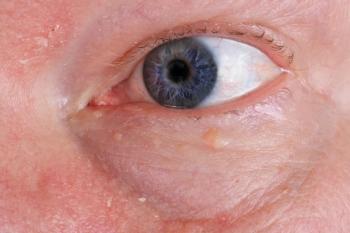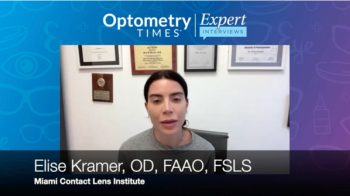
FDA approves Eylea for all forms of macular edema after retinal vein occlusion
The U.S. Food and Drug Administration (FDA) recently approved Eylea (afilbercept, Regeneron) for all forms of macular edema after retinal vein occlusion, including branch retinal vein occlusion.
Tarrytown, NY-The U.S. Food and Drug Administration (FDA)
The drug is also approved for macular edema after central retinal vein occlusion, as well as wet age-related macular degeneration, and visual impairment caused by DME.
The FDA based its decision to expand aflibercept's indication on the prior indication for macular edema after CRVO and a clinical trial that compared the drug with macular laser photocoagulation in 181 patients with BRVO, according to Regeneron. After 24 weeks, 53 percent of patients treated with aflibercept gained at least 15 letters in vision from baseline on an eye chart compared with 27 percent of those undergoing the laser procedure. Tested for best-corrected visual acuity, patients receiving aflibercept experienced a mean improvement of 17 letters compared with a 6.9-letter gain for the other patients.
A recent National Institutes of Health-sponsored study found Eylea injection demonstrated the most improvement in best-corrected visual acuity (BCVA) from baseline at 52 weeks in patients with
The study was designed to determine if one of three different anti-VEGF therapies is superior to the others for the treatment of DME. In the study, 660 patients were randomized to receive either Eylea 2 milligrams (mg),
The median number of injections using the protocol-specific retreatment regimen was one fewer in the patients treated with Eylea compared to Lucenis and Avastin. And fewer patients received criteria-based macular laser treatments in the Eylea group than the other groups.
The rates of most ocular and systemic adverse events were similar across the three study groups. The rates of arterial thromboembolic events were two percent in the Eylea group, four percent in the Avastin group, and five percent in the
Lucentis group. There were more overall cardiovascular events in the Lucentis group, compared to the Eylea group and the Avastin group, which included more cardiac events and cerebrovascular events in the Lucentis group.
Newsletter
Want more insights like this? Subscribe to Optometry Times and get clinical pearls and practice tips delivered straight to your inbox.













































